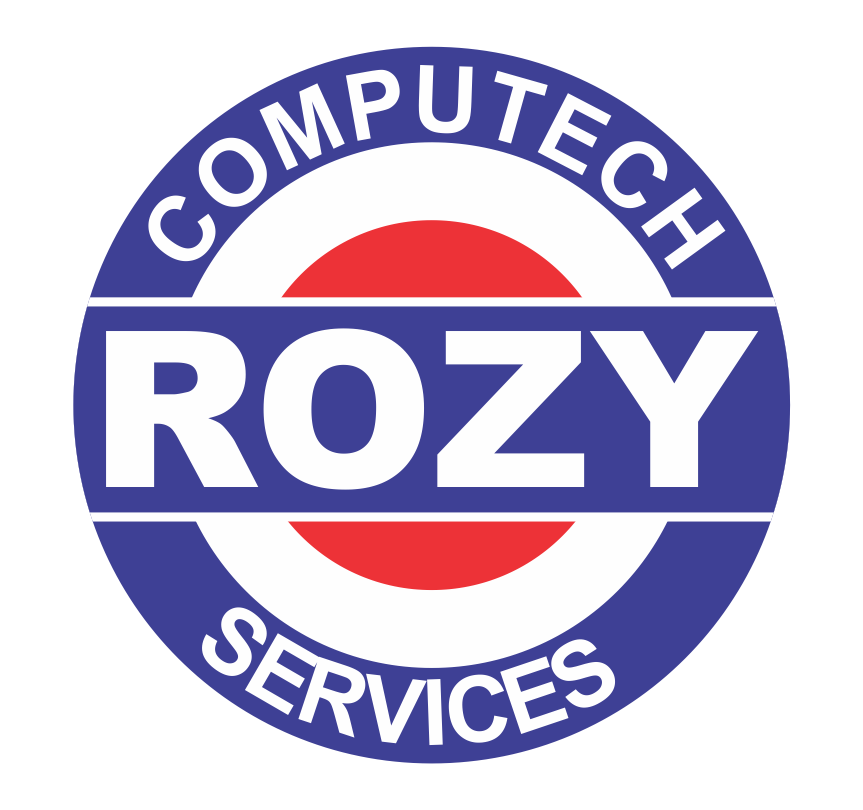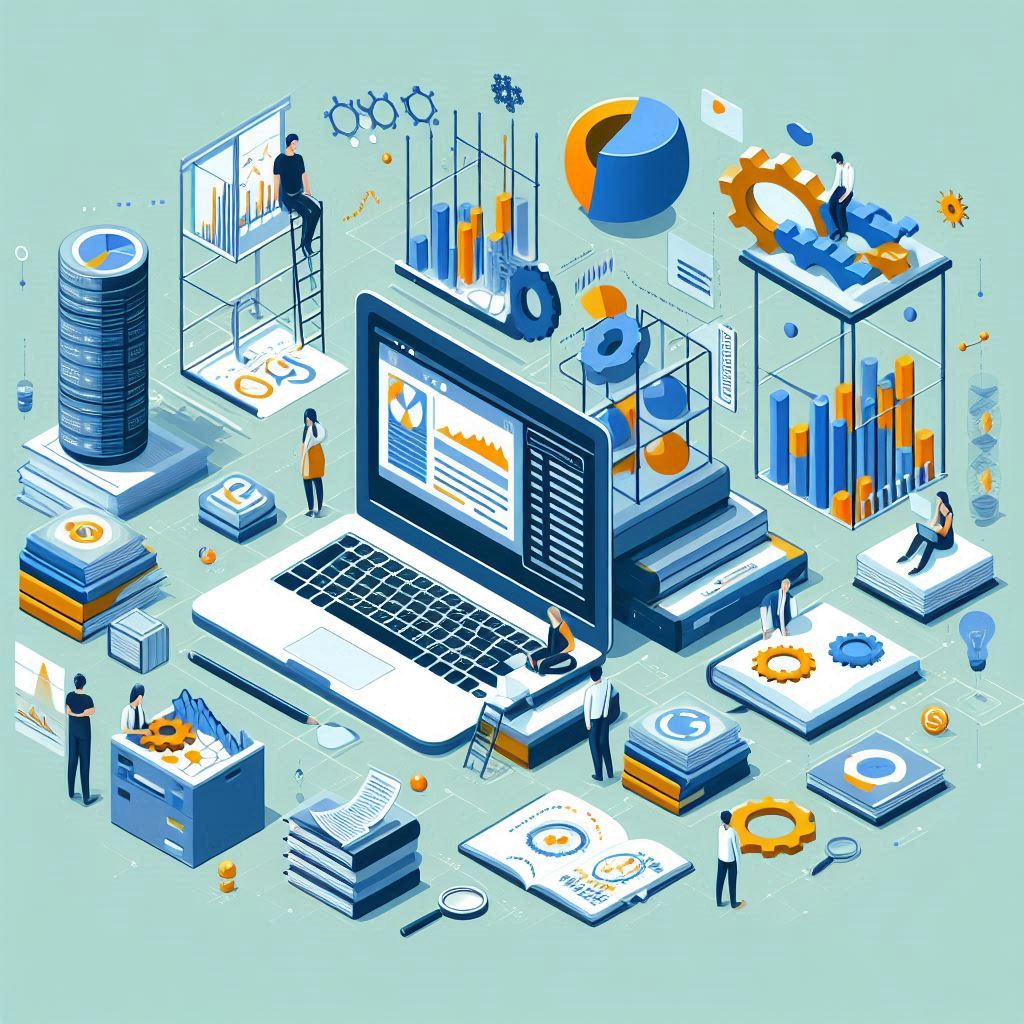Open-Source Libraries for Statistics and Data Analytics
Empowering Educators at NITTTR, Chandigarh
In today's era, data permeates every facet of our lives—from monitoring student performance and analyzing COVID-19 trends to tracking stock markets, environmental changes, sports statistics, healthcare metrics, and sentiment analysis. Despite this data abundance, many educators and professionals still rely on tools like Excel or costly proprietary software such as SPSS and MATLAB. These tools, while powerful, often come with limitations in scalability, flexibility, and cost.
Why Choose Open-Source?
Open-source tools offer a compelling alternative:
-
Cost-Effective: They are free to use, reducing financial barriers to entry.
-
Community Support: A vast community of developers and users contributes to continuous improvement and support.
-
Flexibility and Customization: Users can modify and adapt tools to fit specific needs.
-
Transparency: Open-source software allows users to inspect and understand the underlying code, fostering trust and learning.
These advantages make open-source tools particularly appealing for educational institutions and organizations with limited budgets.
Understanding Statistics
Statistics is the science of collecting, analyzing, interpreting, and presenting data. It encompasses:
-
Descriptive Statistics: Summarizing and organizing data using measures like mean, median, mode, and standard deviation.
-
Inferential Statistics: Making predictions or inferences about a population based on a sample of data, employing techniques such as hypothesis testing and regression analysis.
Understanding these concepts is crucial for effective data analysis and decision-making.
The Importance of Data Analytics
Data analytics involves examining datasets to draw conclusions about the information they contain. It's essential for:
-
Identifying Trends and Patterns: Understanding behaviors and outcomes.
-
Making Informed Decisions: Guiding strategies in business, education, healthcare, and more.
-
Predictive Analysis: Anticipating future events based on historical data.
Real-world applications include:
-
Education: Analyzing student performance to improve learning outcomes.
-
Healthcare: Predicting disease outbreaks and patient readmission rates.
-
Cybersecurity: Monitoring suspicious activities and Risk assessment.
Why Python for statistics?
-
R is a language dedicated to statistics and has more statistical analysis features and specialized syntax, whereas Python is a general-purpose language with statistics modules.
-
However, when it comes to building complex analysis pipelines that mix statistics with e.g. image analysis, text mining, or control of a physical experiment, the richness of Python is an invaluable asset.
Core & Advanced Libraries Covered
We explored:
-
Core Libraries: pandas, numpy, scipy
-
Advanced Statistical Libraries: statsmodels, pingouin, scikit-learn
-
Visualization: matplotlib, seaborn
-
Bonus: Introduction to Dask for parallel and distributed data analytics
Hands-On Highlights
-
Calculating correlation and regression
-
Comparing outputs across libraries
-
Visualizing results using plots
-
Demonstrating how Python scales from small datasets to big data (with Dask)
Conclusion
The session highlighted the power and versatility of open-source tools in statistics and data analytics. By embracing these tools, educators and professionals can perform sophisticated analyses without the constraints of proprietary software. The hands-on examples provided a practical understanding of how to apply these tools effectively.
For those interested in delving deeper, I recommend exploring the following resources:
These resources offer comprehensive guides and tutorials to further enhance your data analytics skills using open-source libraries.
On May 5, 2025, I had the privilege of delivering a session on "Open-Source Libraries for Statistics and Data Analytics" during the One Week ICT-based STC on “Open Source Applications in Engineering Education” (O.PLAN No. ICT-13) organized by NITTTR, Chandigarh. Held from 3:00 PM to 4:30 PM, the session focused on bridging the gap between conventional data analysis tools and modern open-source solutions, showcasing hands-on applications of statistical and data analytics libraries. I sincerely thank the Director, faculty, and especially Dr. Amit Doegar for the opportunity and support, and extend my heartfelt appreciation to all participants for their enthusiasm, active engagement, and thoughtful questions.

